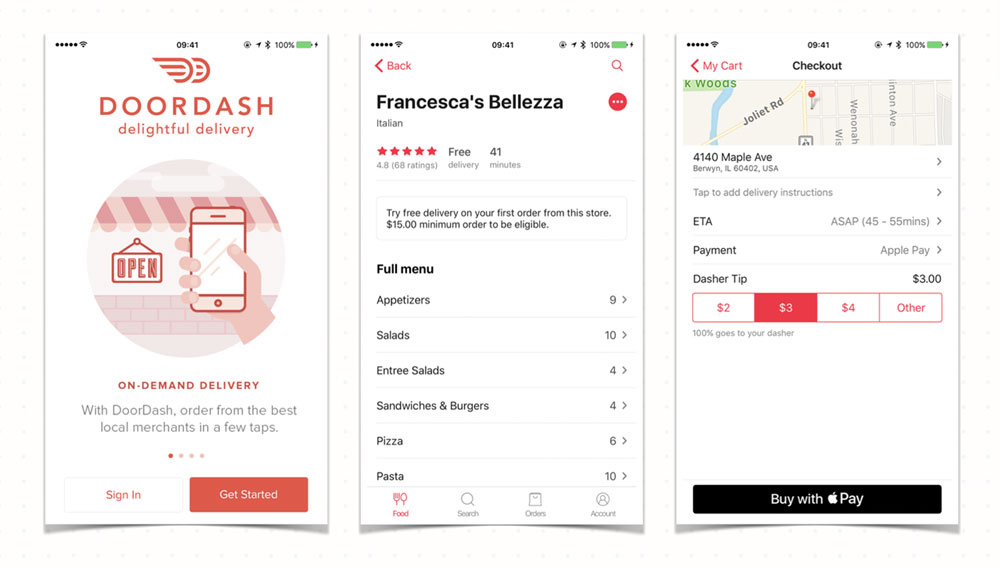Think UX is important in this experience economy? Then pay attention to UX writing. Pamela Ho finds out from the experts how words can affect the way we experience design and who can become a UX writer.
At design studio PebbleRoad, Maish Nichani (Design Lead) and his colleagues use IdeaPaint – a dry erase system – on their walls. The paint acts like a whiteboard, and is prepared by mixing two ingredients. “These come in two containers. The containers are labelled This and That. The instruction says: Mix This with That. Paint the walls,” he describes. “That’s it. Simple and delightful!”
This clarity of instruction, economy of words, and element of fun paint a positive experience for users like Nichani. Similarly, users interacting with digital products – be it in banking, shopping or other services – on the web or phone apps, often have good experiences if the user interface (UI) is clear, helpful and friendly. Crafting the UI copy – which includes instructions, menu labels, buttons, error messages and chat bots – is the work of UX writers.

“UX” is short for user experience. Creating a good experience is, increasingly, the focus of design. It’s thus not surprising that there’s a corresponding rise in the demand for UX writers. A quick check on job sites reveals that companies looking to recruit UX writers include Amazon, DBS and Grab. In fact, UX writing has been dubbed one of the unicorn skills for designers in tech – on par with coding.
To respond to that demand, PebbleRoad is organising a two-day UX writing workshop as part of Singapore Design Week 2019. The workshop is conducted by US-based trainers and co-authors of an upcoming book on UX writing, Michael Metts (Conversation Design Lead at Allstate) and Andy Welfle (UX Content Strategy Manager at Adobe), who bring years of practical experience and a framework to learn UX writing and apply it to one’s work.

“This is the first time such a course is being held here,” says Nichani, adding that there are currently no formal courses in UX writing in Singapore. Another challenge is the lack of awareness of this emerging discipline and the confusion surrounding what the job entails.
Amidst growing demand for UX writing is the good news is that it is not restricted to a particular role. “The important thing is that there is a focus on writing as a user experience design activity,” says Metts. “A designer, product manager or engineer can do it – if they have the skills and time to.”
What is UX writing? How is it different from web writing?
Andy Welfle (AW): UX writing is a term used for people who write for interfaces. That interface could be on the web, but it could also be in an app or an operating system. It’s usually much shorter form than technical writing or marketing copywriting, and it’s much closer to the user experience. In fact, it is the user experience.
How is writing “design”? And just how important is language as a design tool?
Michael Metts (MM): It’s a powerful tool—and it’s critical to almost any software interface. Years ago, when I was just starting my career, I came across a blog post from a designer at Basecamp named Mig Reyes, where he showed the same screens from a few different websites, with and without words, to illustrate how important they are. We use this same idea in our workshop by showing screens from a food delivery service called DoorDash.

Photo Courtesy of DoorDash, Michael Metts and Andy Welfle
MM (continued): Without words, most apps would be unusable. As designers, we put considerable thought into branding, colours, interaction patterns and animations, but the words are just as important. The book we’re working on is all about applying design methods to writing.
Why the sudden importance of UX writing?
MM: It’s always been important, but an increasingly complex ecosystem of software means it’s getting more important all the time. For example, think about a travel reservation company. That one company may have a web app, mobile apps for two different operating systems, a smartwatch app, and even a voice app. All those experiences rely on words. Emerging technologies like smart home speakers rely completely on words, which is also driving a focus on this type of work.
What essential background and skills are required to become a UX writer?
AW: When I interview candidates, I’m looking for a strong foundation in writing. They have to be intentional in the words they choose, and be able to rationalise their choices. But just as important, they need to be strong systems thinkers — they understand how the words in an interface affect a user’s understanding of how to use it, and how that impacts what happens next in the workflow.
Which traditional disciplines are more suited to UX writing?
AW: Good UX writers can come from any discipline, but I see a lot of former journalists in this field. They often have a strong understanding of the audience they’re writing for, they’re fantastic at knowing how to prioritise information, and they’re strong collaborators and interviewers. Plus, as the market for journalism jobs is shrinking, UX writer positions are growing in number.
How did you get into UX writing?
AW: Like a lot of us, my path was a winding one. I went to school for journalism, but I couldn’t find a full-time, career-path job after graduating. I eventually took a job in marketing for a non-profit organisation, which led to social media strategy and management at an agency, to a more traditional web content strategy job, to working as a UX content strategist at Facebook, and now at Adobe. Each move made sense to me as honing in on what I enjoyed doing, and what I knew I was good at.
Describe a day in the life of a UX writer.
MM: It has a lot in common with a day in the life of a designer or researcher working on a digital product. Discovery activities could include user interviews or online research to find the vocabulary your audience uses. There’s a lot of writing and iteration based on what you’re learning from team members, stakeholders, and users. UX writers also often find themselves involved in strategic efforts, like helping to create and improve design systems.
What advice would you give to budding UX writers?
MM: Ask a lot of questions. The more you learn about the product, your users, and the world they exist in together, the more effective you’ll be. The writing itself can seem pretty straightforward, but to do it well, you may need to change how the team is thinking about the role words play in the experience.
Do follow us on Facebook, LinkedIn and Instagram for updates! Also, do subscribe to our enewsletter for updates on the design sector.












